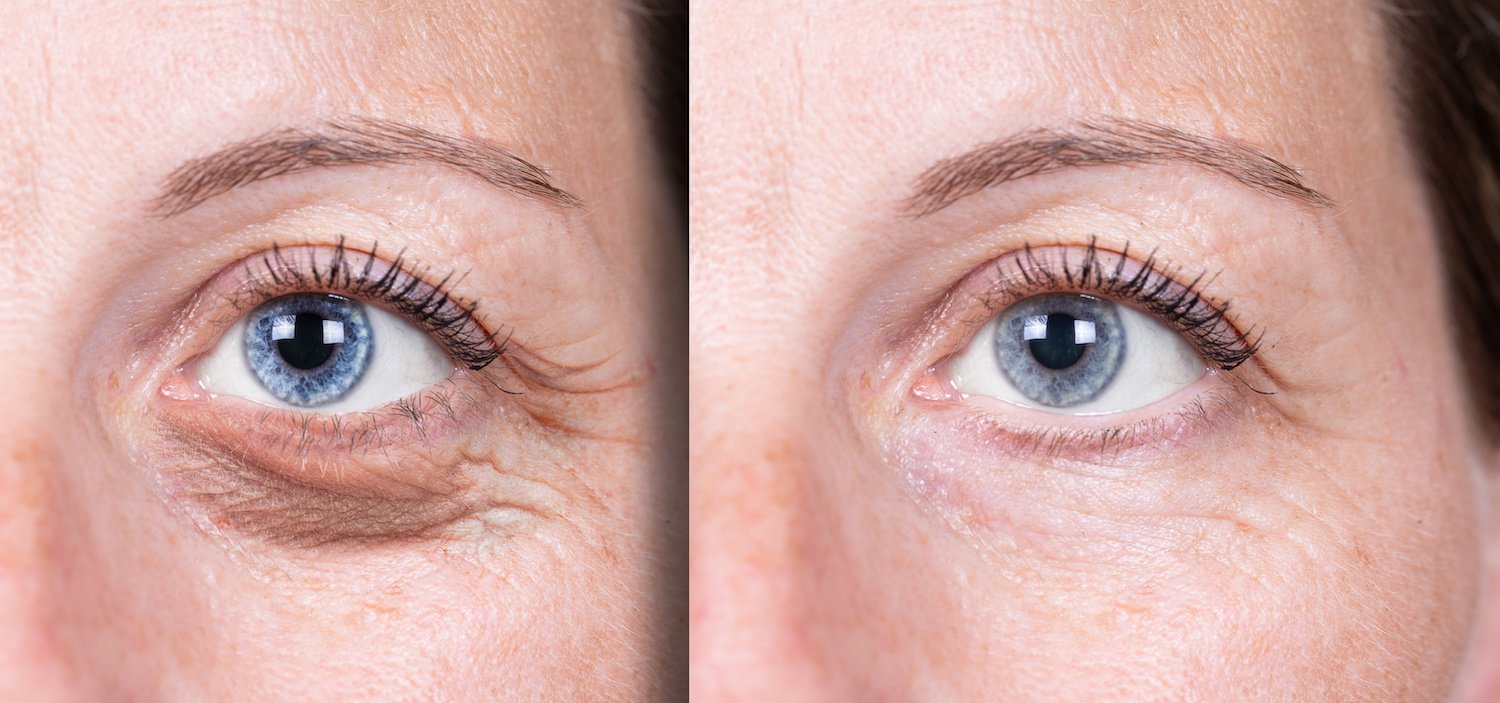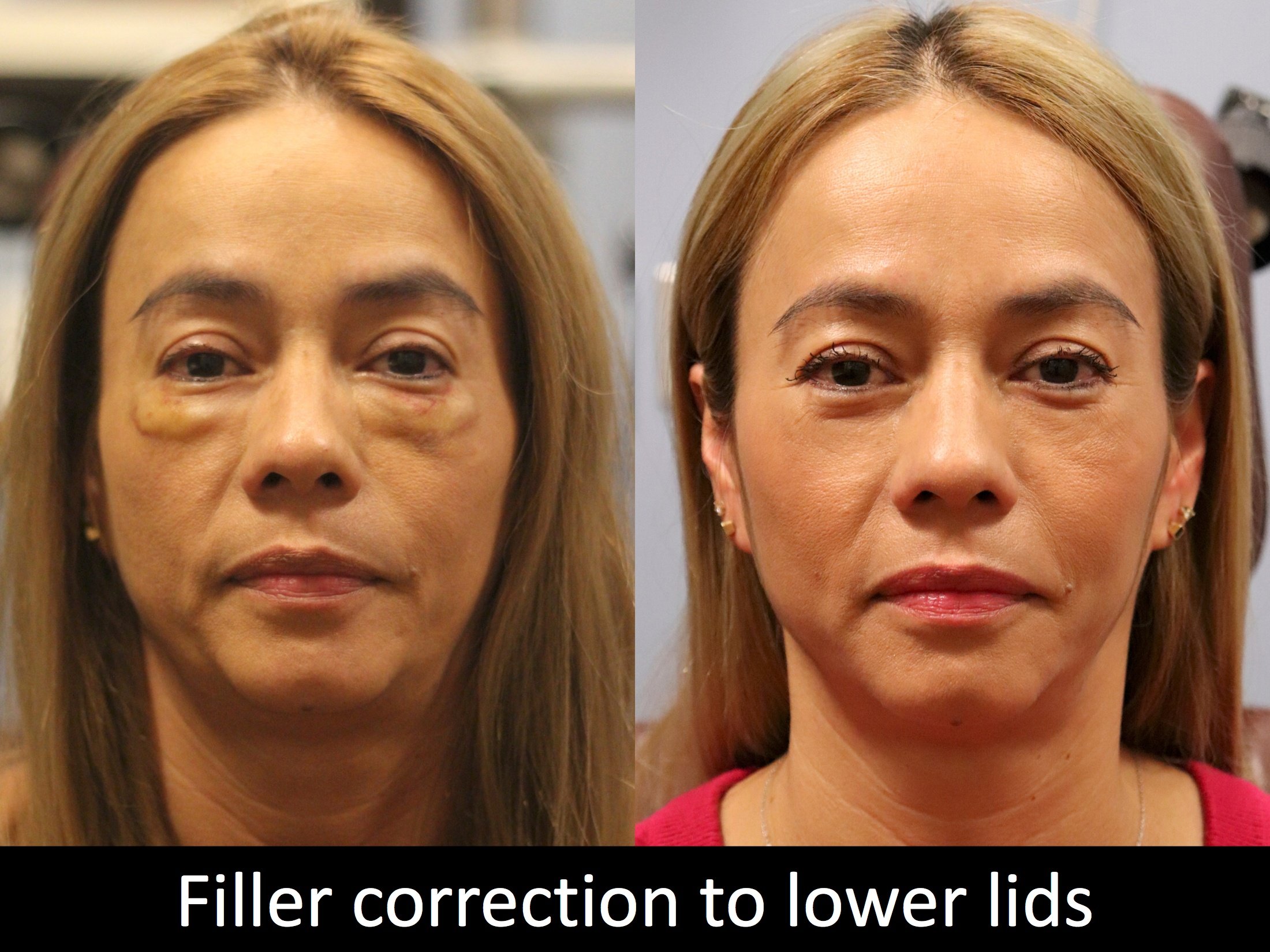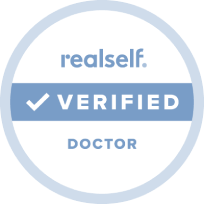Here at Raval Facial Aesthetics, prospective patients often ask about anesthesia. If you’re considering nose or facelift surgery, it’s important to know that not all plastic surgeons approach anesthesia the same way. We recommend you ask these 5 questions.
What Anesthesia Options do I Have?
Anesthesia is used to ensure patient comfort, by eliminating pain during the procedure. The amount and type of anesthesia required depends on the type of procedure being performed, the location, and how long the procedure is likely to take.
Non-invasive and minimally-invasive skin rejuvenation treatments are short and cause minimal discomfort, so you may not need any anesthetic at all. Or a topical numbing cream may be used. However, facial plastic surgery is invasive, and the nose is especially sensitive. A procedure such as rhinoplasty or a facelift can take 4 or 5 hours. For this, you need to be unconscious.
Local anesthesia is injected directly at the work site to numb pain and reduce bleeding when the area is very small and the procedure will be relatively short.
“Twilight” sedation is administered intravenously (IV) by an anesthesiologist. It is a combination of medications that block pain and also relax your body. You are not consciously aware of your surroundings, but you are awake.
General anesthesia puts your entire body into a controlled state of unconsciousness where you are unaware of pain, sounds, or other sensations. General anesthesia can be administered via an IV or as an inhaled gas.
Is General Anesthesia Safe?
Although some surgeons perform neck lifts and other facial surgeries using only IV sedation, Dr. Raval believes general anesthesia is the safest option for rhinoplasty and facelift surgery. During rhinoplasty, blood loss can enter the throat. Heavy sedation can impair a patient’s ability to swallow naturally, in which case the blood can block the airway. A breathing tube eliminates this risk.
General anesthesia works best to eliminate pain, and it also prevents potential breathing problems during the procedure. With IV sedation, there is less control. In addition, general anesthesia ensures the patient remains physically still during the procedure. Nose and other facial surgery is delicate work. It must be performed meticulously to achieve the best results.
For rhinoplasty, Dr. Raval also uses various local anesthetics to further numb the nose. Because this is such a sensitive part of the face, using more pain medication is an extra precaution that further reduces the body’s reaction to pain both during and after the procedure.
Will I Need an IV for Rhinoplasty and Facelift Surgery?
Yes, you will have both an IV catheter and a breathing tube. The anesthesiologist will first use the IV to administer pain management and anti-nausea medications, and you will drift off to sleep. Once that takes effect, the breathing tube is inserted and your breathing will be controlled by a ventilator, which the anesthesiologist uses to regulate the flow of oxygen and anesthetic gas.
Why Use a Breathing Tube During Surgery?
This is the only reliable way to protect your airway. With a breathing tube, there is no risk of aspiration, which can lead to choking. The soft plastic tube is inserted after the initial anesthesia takes effect and it is removed before you wake up, so you will not even be aware of it. There are no after-effects for most patients, although some may experience a slightly sore throat for a few days.
By using a ventilator, the anesthesiologist can apply exactly the right amount of gas to keep you under. Once Dr. Raval has completed his work, the anesthesiologist stops applying the gas and increases oxygen, allowing you to wake up naturally.
Is Anesthesia Different for Facelifts than for Rhinoplasty?
Not at Raval Facial Aesthetics. Dr. Jeff Raval chooses to use general anesthesia for facelift procedures as well as nose surgery, because all of these surgeries take several hours. Whether you’re getting a nose job, a mini-lift, neck lift, or MACS facelift, the anesthesia process is the same.
When you’re considering facial surgery, it’s natural to concentrate on results as well as comfort and convenience. But here at Raval Facial Aesthetics, your health and safety are paramount. This is why Dr. Raval performs procedures only at an accredited surgical center and why he chooses to use only general anesthesia for rhinoplasty procedures and facelifts.
Do you have more questions about anesthesia? This is an excellent topic to include in your personal consultation with Dr. Raval. You can ask as many questions as you want, and discuss your concerns as well as your aesthetic goals. If you're still researching, please have a look at our FREE Rhinoplasty Guide below!
- Acne
- Botox/Dermal Fillers
- Browlift
- Chemical Peels
- Chin Augmentation
- Consultation
- Denver Facial Plastic Surgeon
- Deviated Septum
- Eyelid Procedures
- Facelifts/Necklifts
- Headaches/Excessive Sweating
- Healthy Living
- Laser Hair Removal
- Laser Treatments
- Latisse
- MedSpa
- Memberships
- Microdermabrasion
- Nasal Valve Collapse
- Non-Surgical Procedures
- Rhinoplasty
- Skin Care
- Thread Lifts
- Wrinkle Treatments







.jpeg)






